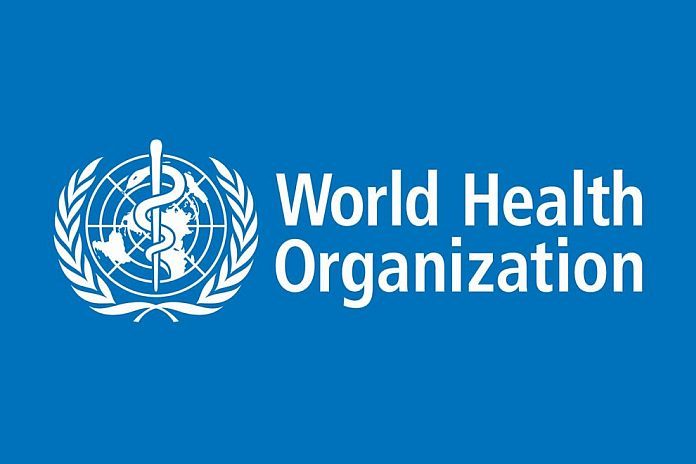GENEVA, Switzerland – New study has been published today in The Lancet Global Health showing that almost one in three men over the age of 15 are infected with at least one genital human papillomavirus (HPV) type and one in five are infected with one or more of what are known as high risk, or oncogenic, HPV types.
These estimates show that men frequently harbour genital HPV infections and emphasize the importance of incorporating men in efforts to control HPV infection and to reduce the incidence of HPV-related disease in both men and women.
Most HPV infections cause no symptoms and clear without intervention, but certain types of HPV can lead to anogenital warts or cancer. HPV is the leading cause of cervical cancer in women and each year more than 340,000 women die of cervical cancer related to HPV.
In men, IARC estimated that in 2018 there were more than 69,400 of cases of cancer caused by HPV. HPV-related cancers in men include penile, anal, oral and throat cancers.
Background
The epidemiology of human papillomavirus (HPV) in women has been well documented. Less is known about the epidemiology of HPV in men. We aim to provide updated global and regional pooled overall, type-specific, and age-specific prevalence estimates of genital HPV infection in men.
Methods
We conducted a systematic review and meta-analysis to assess the prevalence of genital HPV infection in the general male population. We searched Embase, Ovid MEDLINE, and the Global Index Medicus for studies published between January 1, 1995, and June 1, 2022. Inclusion criteria were population-based surveys in men aged 15 years or older or HPV prevalence studies with a sample size of at least 50 men with no HPV-related pathology or known risk factors for HPV infection that collected samples from anogenital sites and used PCR or hybrid capture 2 techniques for HPV DNA detection.
Exclusion criteria were studies conducted among populations at increased risk of HPV infection, exclusively conducted among circumcised men, and based on urine or semen samples. We screened identified reports and extracted summary-level data from those that were eligible. Data were extracted by two researchers independently and reviewed by a third, and discrepancies were resolved by consensus. We extracted only data on mucosal α-genus HPVs. Global and regional age-specific prevalences for any HPV, high-risk (HR)-HPV, and individual HPV types were estimated using random-effects models for meta-analysis and grouped by UN Sustainable Development Goals geographical classification.
Findings
We identified 5685 publications from database searches, of which 65 studies (comprising 44 769 men) were included from 35 countries. The global pooled prevalence was 31 percent (95% CI 27–35) for any HPV and 21 percent (18–24) for HR-HPV. HPV-16 was the most prevalent HPV genotype (5%, 95% CI 4–7) followed by HPV-6 (4%, 3–5). HPV prevalence was high in young adults, reaching a maximum between the ages of 25 years and 29 years, and stabilised or slightly decreased thereafter. Pooled prevalence estimates were similar for the UN Sustainable Development Goal geographical regions of Europe and Northern America, Sub-Saharan Africa, Latin America and the Caribbean, and Australia and New Zealand (Oceania). The estimates for Eastern and South-Eastern Asia were half that of the other regions.
Interpretation
Almost one in three men worldwide are infected with at least one genital HPV type and around one in five men are infected with one or more HR-HPV types. Our findings show that HPV prevalence is high in men over the age of 15 years and support that sexually active men, regardless of age, are an important reservoir of HPV genital infection. These estimates emphasise the importance of incorporating men in comprehensive HPV prevention strategies to reduce HPV-related morbidity and mortality in men and ultimately achieve elimination of cervical cancer and other HPV-related diseases.
Funding
Instituto de Salud Carlos III, European Regional Development Fund, Secretariat for Universities and Research of the Department of Business and Knowledge of the government of Catalonia, and Horizon 2020.







